ERP Systems: Business Functions, Processes, and Data
advertisement
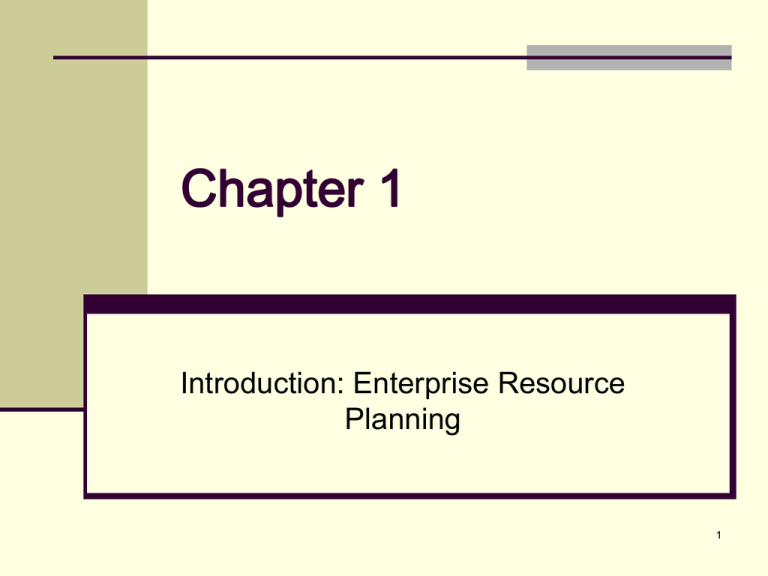
Chapter 1 Introduction: Enterprise Resource Planning 1 Chapter 1 Learning Objectives Explain what a business is Name a business’s main functional areas of operation Differentiate a business process from a business function Identify the kinds of data that each main functional area produces Identify the kinds of data that each main functional area needs Define integrated information systems and state why they are important 2 Definition of a Business A business is an organization that sells goods or services to customers (or clients) in exchange for money or other things of value. 3 Introduction: Enterprise Resource Planning Manage company-wide business operations Uses a common database and shared management reporting tools 4 Functional areas of operation Marketing and Sales Production and Materials Management Accounting and Finance Human Resources 5 Ex Procurement Cost Quality Availability Management 6 Business Processes Managers now think in terms of business process Take the customer’s perspective 1. 2. Customer is always right If not reread rule #1 7 Business Process A business process is a collection of activities that takes inputs and creates outputs that are a value to a customer 8 Business Processes Cut Across Functional Lines 9 Example: Buying a new computer Information on products available Place order quickly, maybe obtain financing Quick delivery 24 Hour help 10 To do this, company needs to Make sure functional areas are integrated Information on customer configuration must be up-to-date Manufacturing needs configuration from sales If financing is required, that information from sales is needed in accounting 11 Functional Areas and Business Processes of a Very Small Business Marketing and Sales Production and Materials Management Accounting and Finance Human Resources 12 Basic business process are the same in large and small business 13 Functional Area Information Systems Potential inputs and outputs for each functional area Different kinds of data and usage of data 14 Marketing and Sales Determine pricing Take customer orders Create sales forecast 15 16 Production and Materials Management Planning Need accurate forecasts from Marketing and Sales Compare costs with Accounting 17 Production and Materials Management Plan Long range More than one year Medium range Number of months Short range Individual products 18 19 Accounting and Finance Record transactions Summarize data 20 21 Human Resources Recruit Train Evaluate Compensate Dehire (retire or fire) 22 23 Chapter Summary Companies that manufacture products to sell have these basic functional areas: Marketing and Sales Production and Materials Management Accounting and Finance Human Resources Functional areas are served by information systems 24 Chapter Summary Continued Employees in one functional area need information from another to do their job Today, business managers think in terms of business processes rather than functional areas. ERP software encourages this new thinking 25
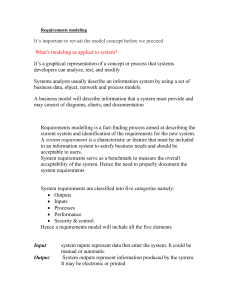
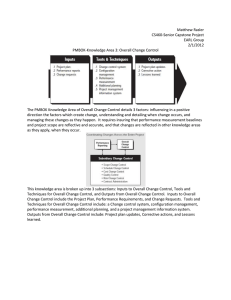
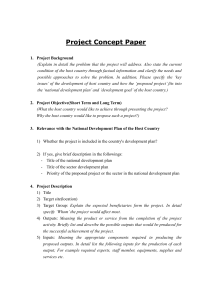
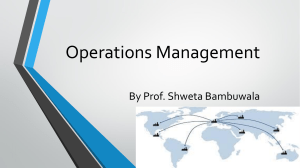

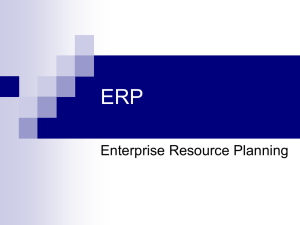
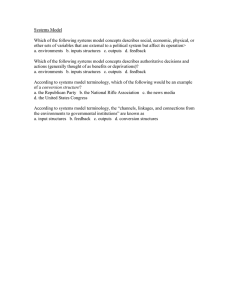

![[CH05] Estimasi Usaha dalam Proyek](http://s2.studylib.net/store/data/014618631_1-49924f60adc6d9c12ebc1ef87a169f34-300x300.png)


